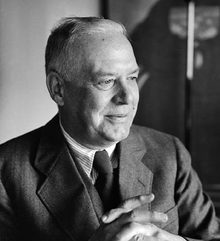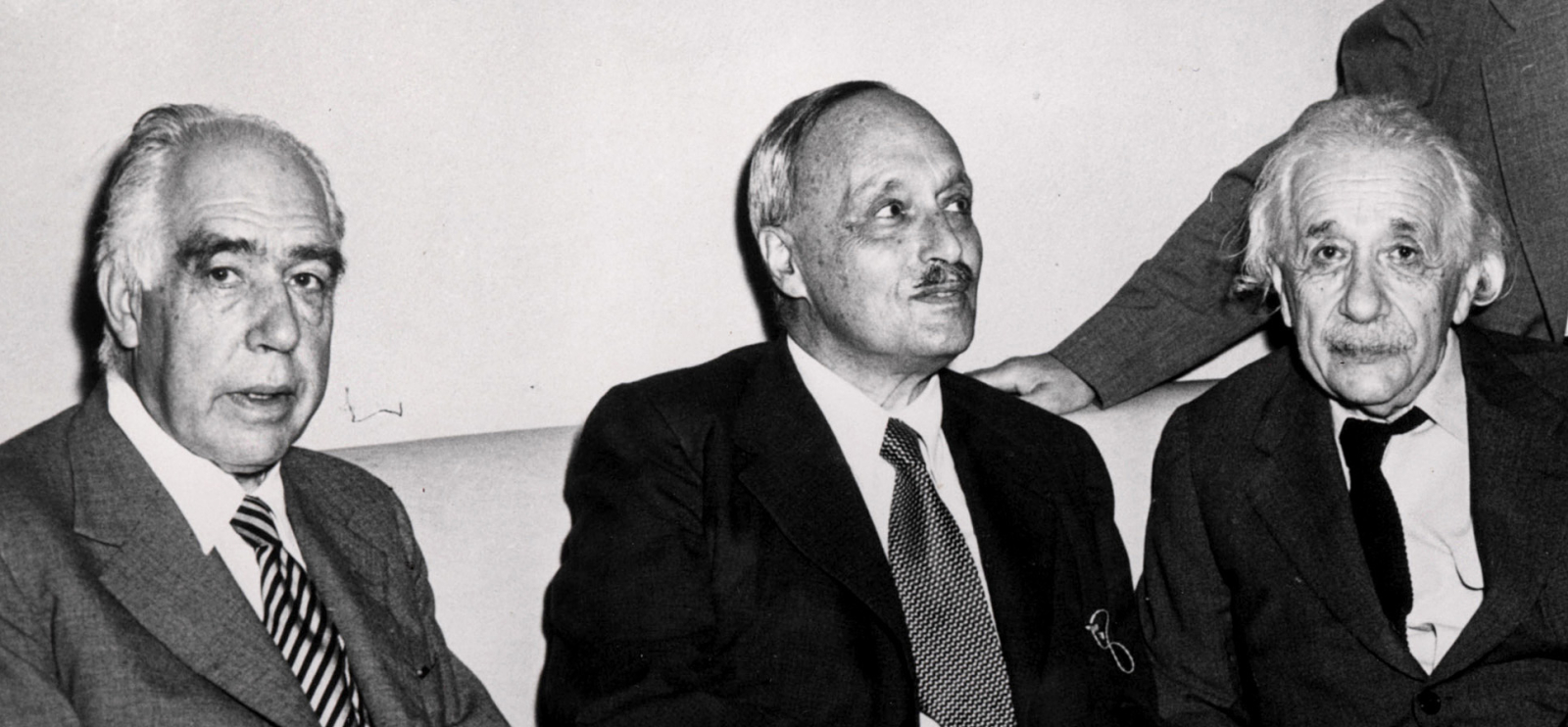Hidden Reality
Today, hidden reality. The University of Houston presents this series about the machines that make our civilization run and the people whose ingenuity created them.
Something's been nagging at me: It's kin to an idea by philosopher Immanuel Kant. He spoke (in German) of a ding an sich or a thing in itself. Kant said that we gain all knowledge of the external world through our senses, or through experiments that we contrive. But our senses and instruments are limited. Realties exist, quite apart from our perceptions ... kind of like St. Paul saying that we now see only through a glass, darkly.
So: are there realities that we can never know? This becomes more than a mental game as we try to understand our physical world. Take the problem of quantum entanglement. That's the theoretical fact that we can separate certain kinds of particles - place them very far from one another. Then, when we do something to one of them, the distant one instantly reacts - no speed of light delay. We've actually been able to verify that one experimentally.
Reality beyond human understanding really does appear to be at play. Well, at least that's an argument that Niels Bohr made. And it's what lies at the heart of Kant's idea.
(In fact, some think that the experiments strongly suggest that reality comes into being only after we observe it. That's what the famous Schrodinger's cat idea is all about, if you're familiar with it. Many physicists argue that these realities don't really exist until we cause them to BE by observing them.)
 All this popped into focus for me when I recalled a poem by Wallace Stevens. Stevens was an insurance executive who wrote poetry on the side. Yet he won the Pulitzer Prize for his clean cerebral work. He was one of the great 20th century American poets. He titled one poem, Notes Toward a Supreme Fiction. It includes these lines:
All this popped into focus for me when I recalled a poem by Wallace Stevens. Stevens was an insurance executive who wrote poetry on the side. Yet he won the Pulitzer Prize for his clean cerebral work. He was one of the great 20th century American poets. He titled one poem, Notes Toward a Supreme Fiction. It includes these lines:
But to impose is not
To discover. To discover an order as of
A season, to discover summer and know it,
Then he grows demanding and insistent. He says,
It is possible, possible, possible. It must
Be possible. It must be that in time
The real will from its crude compoundings come,
He clearly senses the same hidden reality that Niels Bohr believed to exist. But he struggles against it. He finishes with these lines:
The fiction of an absolute-Angel,
Be silent in your luminous cloud and hear
The luminous melody of proper sound.
So, it seems, Stevens agreed with Einstein instead of Bohr. Einstein's famous remark about God not playing dice with the Universe reflected his dislike of the idea of a reality beyond and behind what we can taste and see. Bohr, meanwhile, simply shook his large head and said, Clarity and truth are incompatible.

Niels Bohr (left) and Albert Einstein (Right) separated by Physicist James Frank.
In the end, Bohr seems to've won the day. Everything points to the presence of realities that we cannot possibly ever know. Realities whose fragments we can only glimpse in the moment we look directly at them. Realities which are then (as one physicist saw them) rather like a dragon's breath, but not the dragon itself.
I'm John Lienhard at the University of Houston, where we're interested in the way inventive minds work.
(Theme music)
Click here for an excellent discussion of these matters by some of the great 20th century physicists. This video includes a fine explanation of the experiment that demonstrates quantum entanglement. My dragon analogy is my own interpretation of a remark by physicist John Wheeler, late in this video. My invocation of Kant's "ding an sich" follows a suggestion by physicist/philosopher Abner Shimony earlier in the video. (Note: You might have to download the video before it will play.)
See the Wikipedia entries on Quantum entanglement, Bell's theorem, Schrodinger's cat, Niels Bohr and Wallace Stevens.
Both images -- Wallace Stevens and the three physicists -- are courtesy Wikimedia Commons.
See also, this book by fellow Engines of Our Ingenuity essayist, E. A. Boyd, Beyond Comprehension: A Scientific Look at the Challenge of Knowing Everything. (Hamilton-Haverbrook, 2017). Boyd offers his own argument that certain things lie forever beyond human comprehension.
For the poem I mention, see: W. Stevens, Notes Toward a Supreme Fiction. (The Cummington Press, 1943). Section VII goes as follows, in full:
He imposes orders as he thinks of them,
Whiter than wax, sonorous, fame as it is,
He establishes statues of reasonable men,
Who surpassed the most literate owl, the most erudite
Of elephants. But to impose is not
To discover. To discover an order as of
A season, to discover summer and know it,
To discover winter and know it well, to find,
Not to impose, not to have reasoned at all,
Out of nothing to have come on major weather,
It is possible, possible, possible. It must
Be possible. It must be that in time
The real will from its crude compoundings come,
Seeming at first, a beast disgorged, unlike,
Warmed by a desperate milk. To find the real,
To be stripped of every fiction except one,
The fiction of an absolute-Angel,
Be silent in your luminous cloud and hear
The luminous melody of proper sound.
I mention an extreme corollary to these ideas only in passing, namely the notion that we create reality by looking at it. Here are two opposing views of that idea - an idea which theorists presently debate:
https://www.quantamagazine.org/the-evolutionary-argument-against-reality-20160421/
and http://cosmology.com/Consciousness139.html
The idea of an imperceivable reality is really quite old. Actor/director Philip Hays called to my attention, Plato's Allegory of the Cave. He describes a group of prisoners, chained in a cave where they watch only the shadows cast by real citizens walking past a fire behind them. Those shadows are the only reality they know; they cannot imagine that a higher reality lies beyond them where they can never look.
This episode was first aired on September 18, 2017